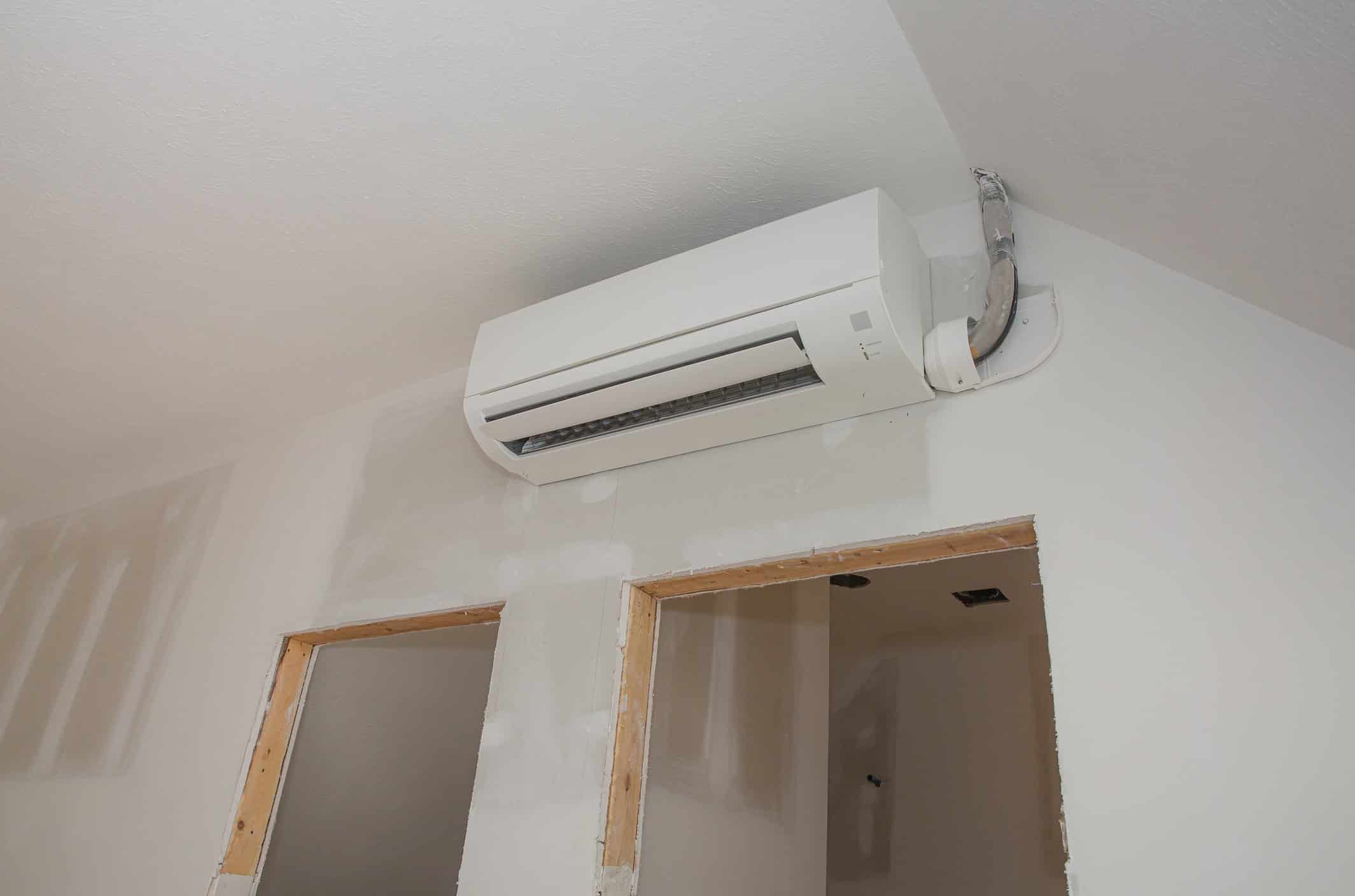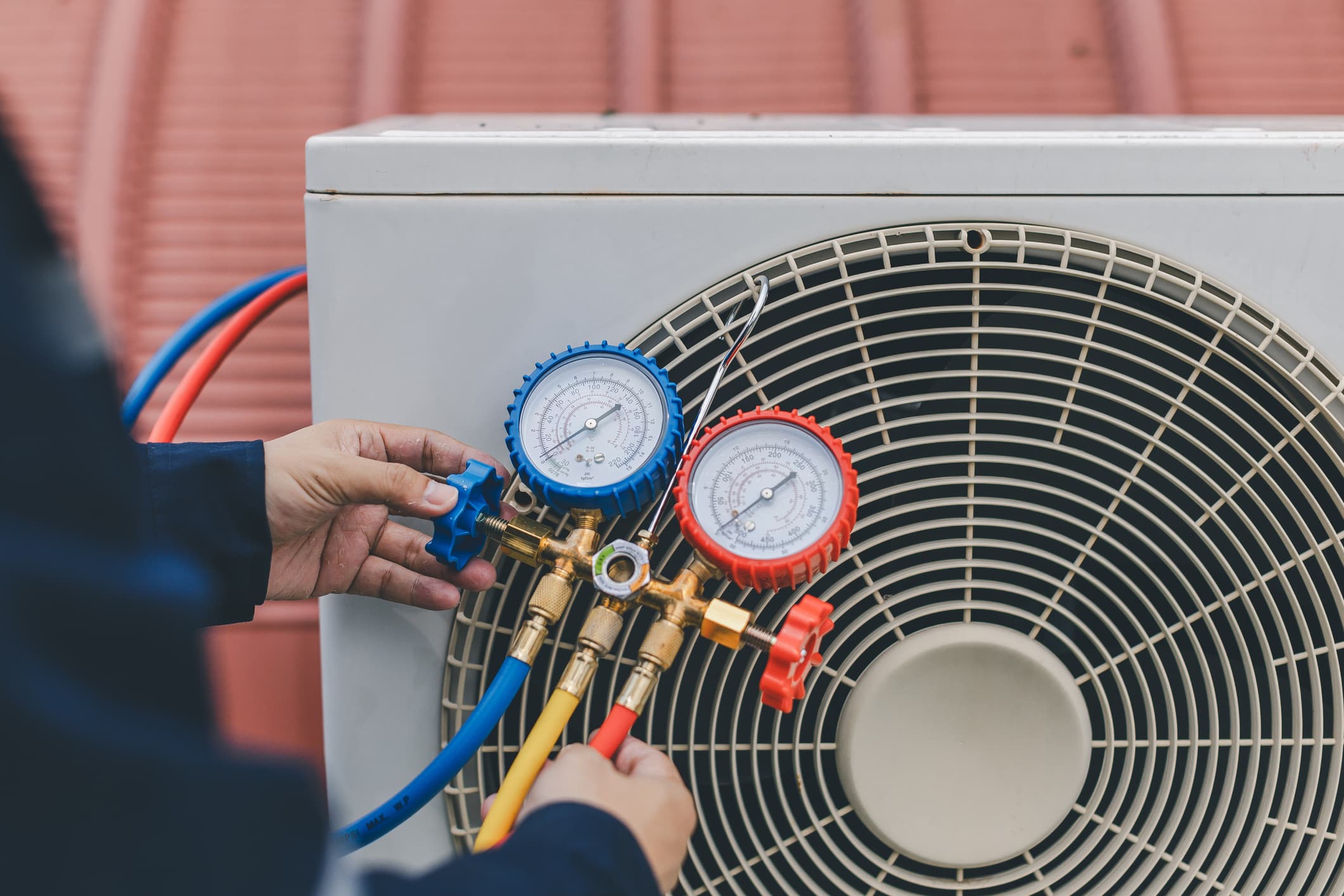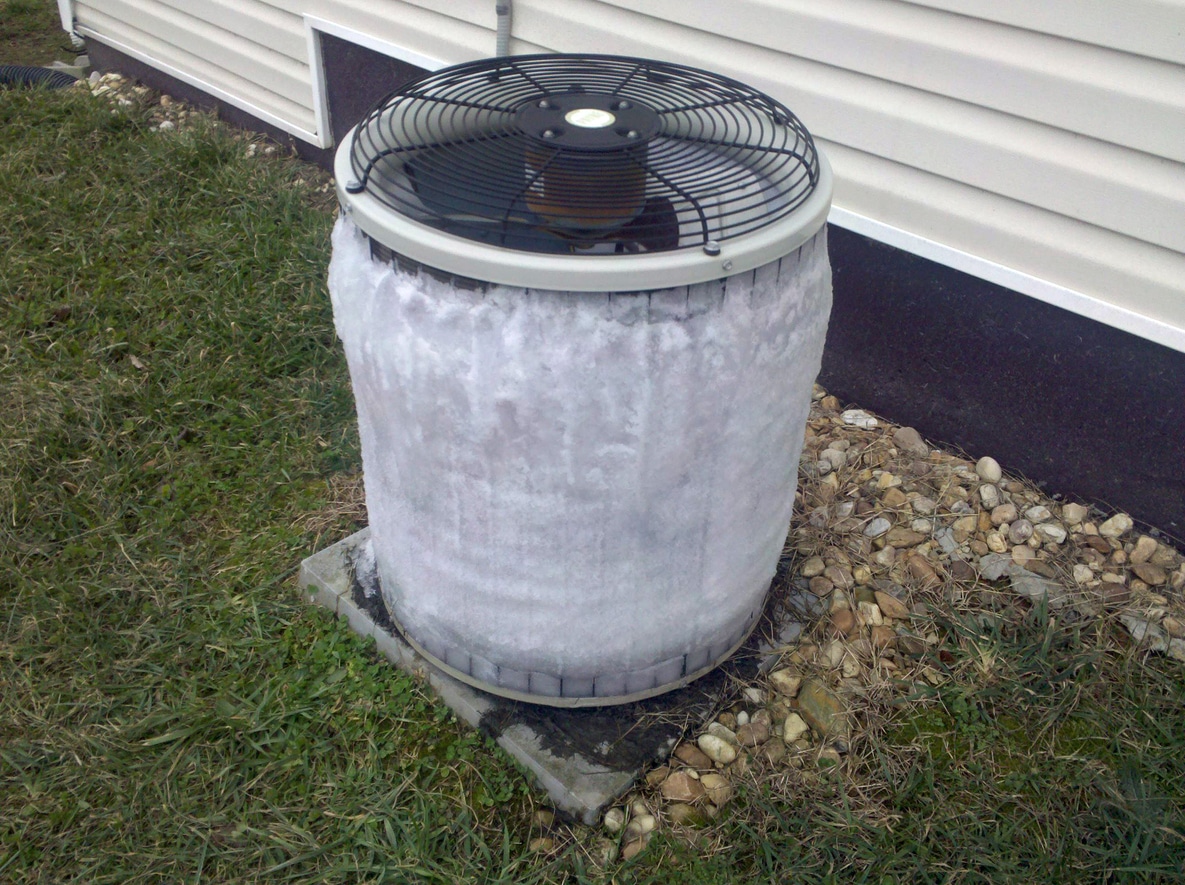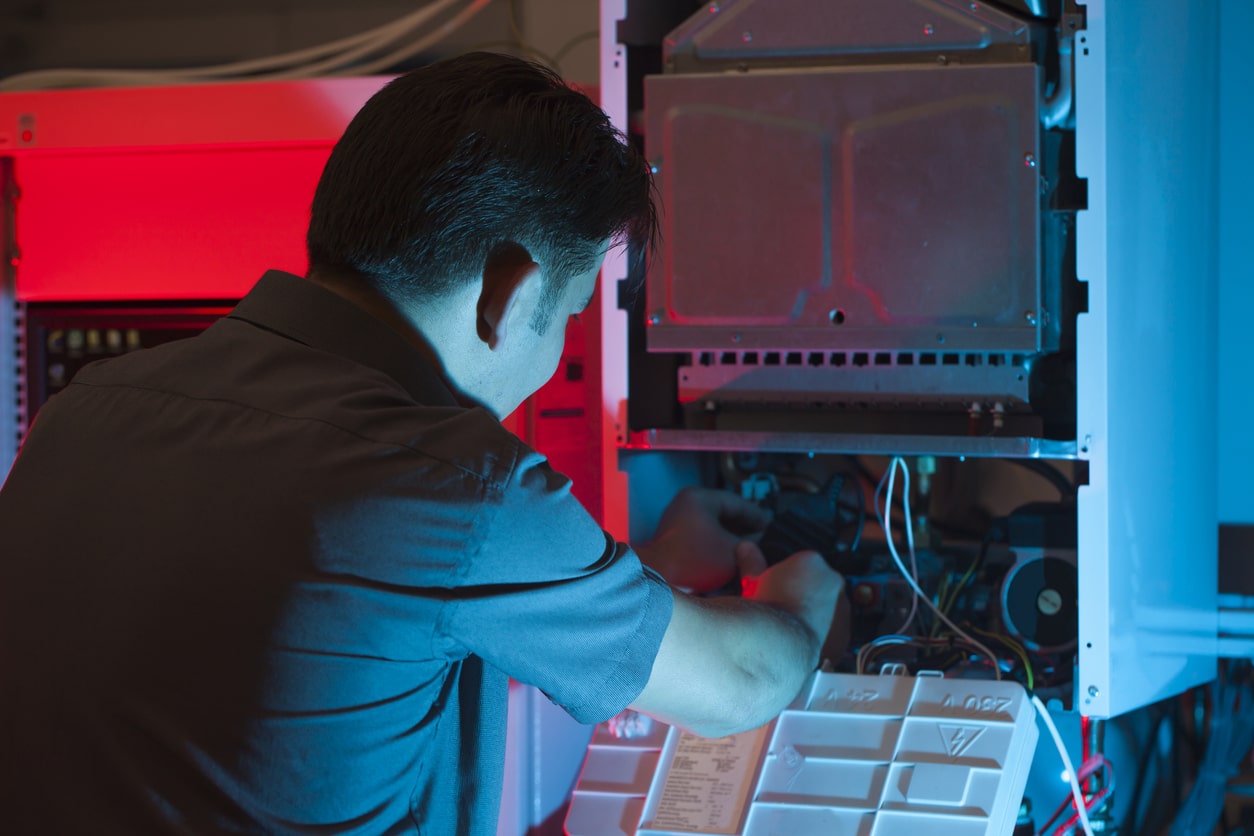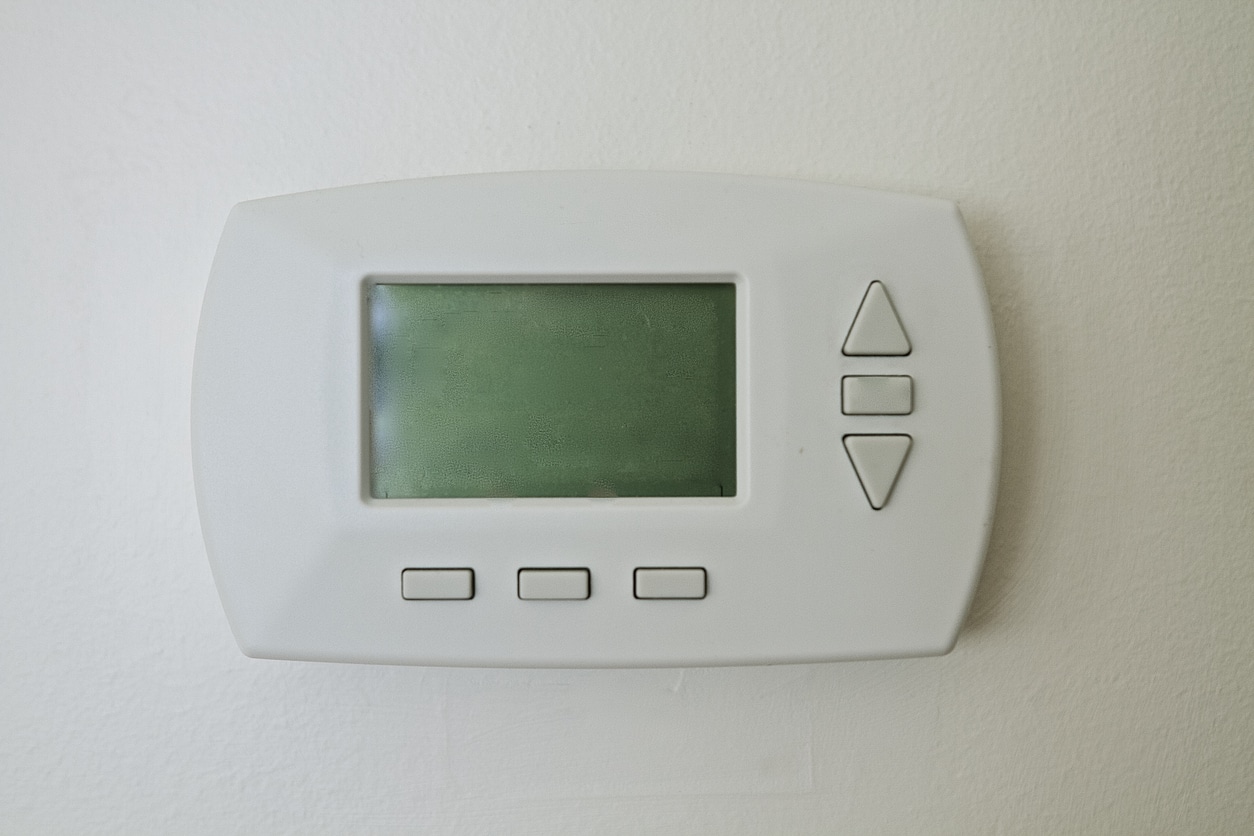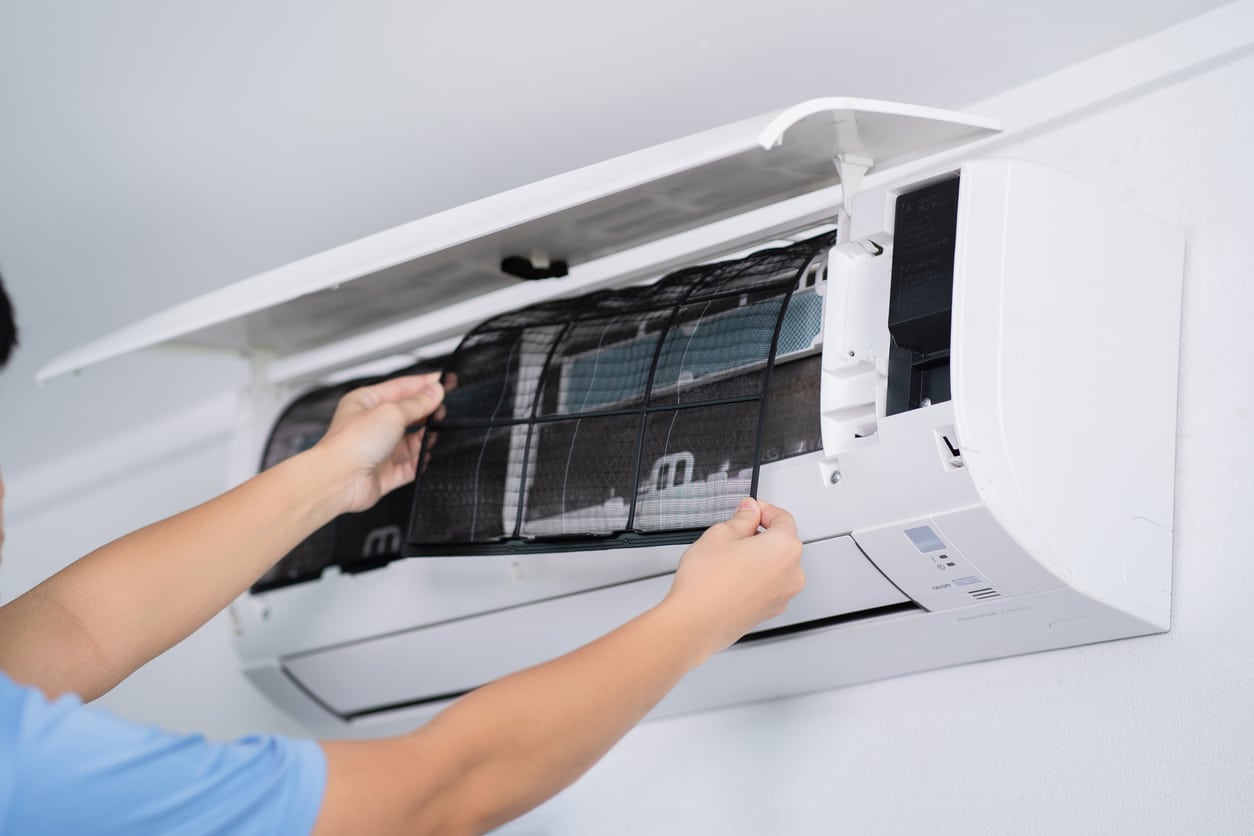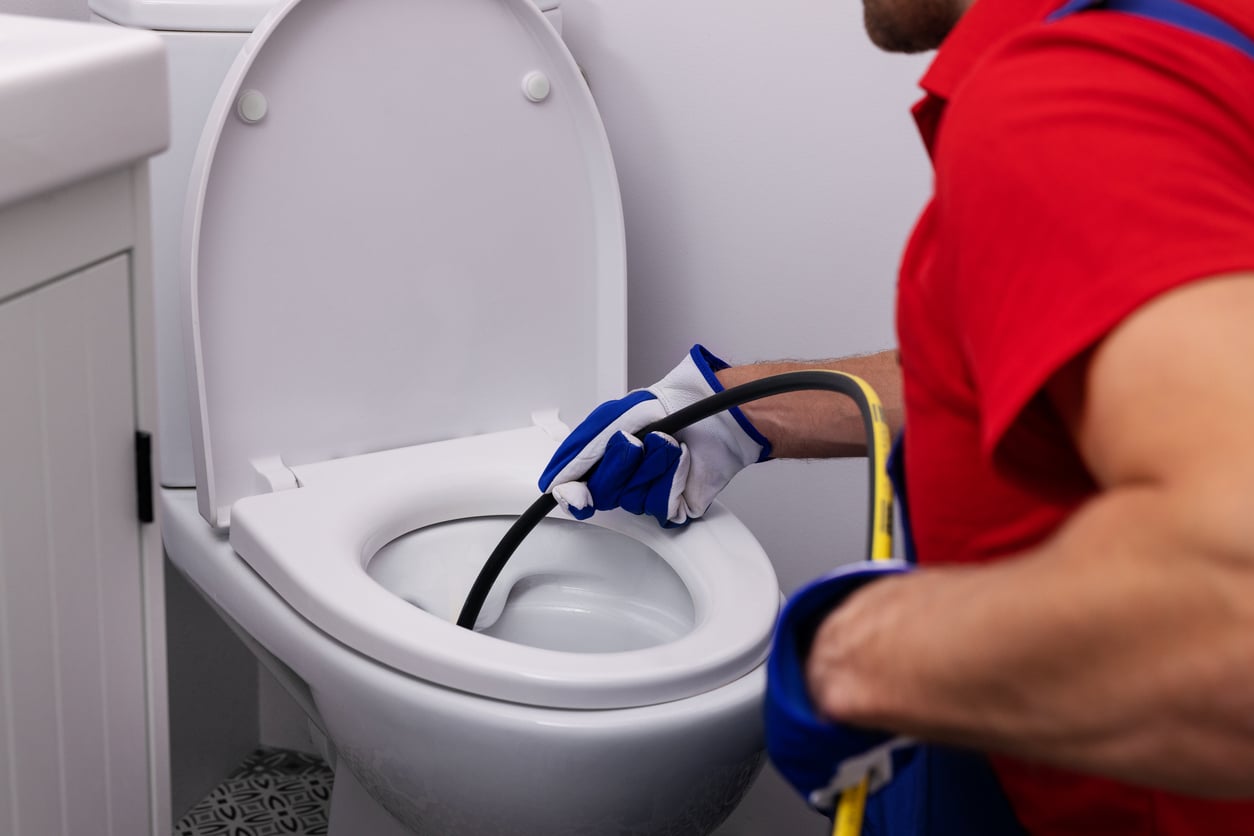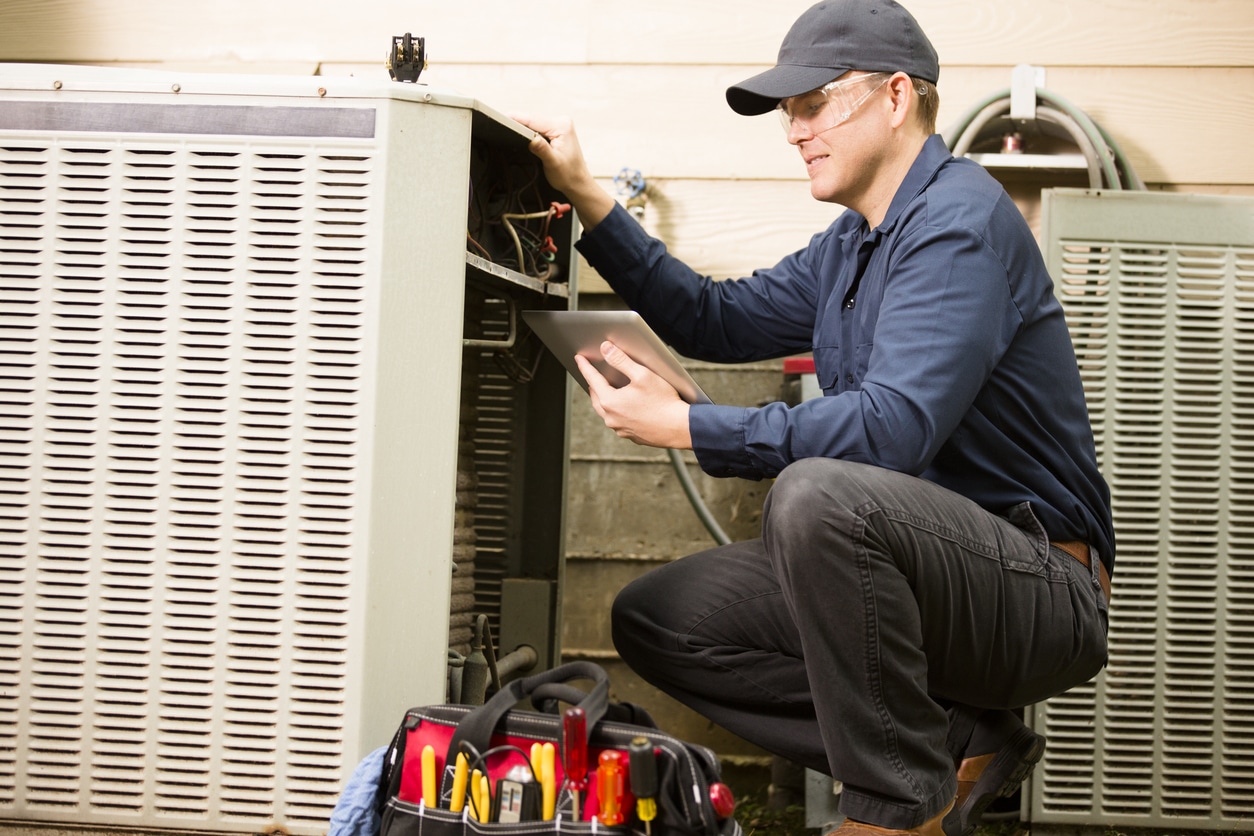How much do you really know about ductless mini-splits in Dundalk? If you’re considering having one installed, you should know what you will be dealing with. Check out this cost breakdown and be prepared for the cost of your mini split AC installation.
What are Mini Splits?
Before you get into the cost breakdown of mini splits, you may want to know more about them. Ductless mini splits are heating and cooling solutions for those who want a high level of temperature control, more efficiency, and an easier AC installation.Unlike a more traditional central heating system, a mini split does not use any ducts to channel air through your home. Instead, the mini splits are strategically placed to meet your heating and cooling needs. You can control each mini split and treat your home in zones. The Factors that Affect the Cost
There are several details that impact the cost of a mini split. Here are just a few of the factors you should consider when trying to calculate the cost:Number of Heads
Most people assume there is only one type of mini split. However, mini splits vary by the number of heads they have. The head refers to the number of indoor units connected to the outdoor unit. In residential applications, mini splits have between one and five heads. As you might expect, more heads mean a greater expense. The added equipment and labor during installation come at a cost. BTUs
The amount of power behind your ductless system affects the cost. BTU stands for British Thermal Unit and measures the heat output of the mini split. More specifically, BTU refers to the amount of heat needed to increase the temperature of a pound of water by one degree. Based on the necessary BTUs, an HVAC technician will calculate the tonnage of your new system. If you only need to heat or cool a small room, you might only have a .5 ton unit with one head. But, to cool or heat a large home, you could require a five ton system. You can speak with your heating and air conditioning service near me to learn more about the size requirements for your home. If you install a system that’s too small or too large, you’ll have trouble in the new future. Type of Head
Depending on your needs, your mini split has a certain type of head. Some setups require a wall unit, while others may demand a floor unit. Some mini splits utilize a ceiling cassette, which is almost flush with the ceiling. Generally, ceiling fan cassettes are the most expensive type of mini splits. But they come with the advantage of being almost unobtrusive.Condensate Drain
The set-up of the condensate drain also affects the cost of the system. Under certain circumstances, gravity allows water to drain out of the unit. Other situations require a condensate pump to propel water through the drain. If you need a pump, you have to factor this into the cost. In addition to needing the equipment and a more complicated installation, you also have to deal with maintenance costs. Distance Between the Units
The greater the distance between your indoor and outdoor unit, the higher the cost of the system. On average, there is 15 feet between the interior and exterior unit. An electrical line and drainage pipe spans this distance. It’s possible for lines to extend further, but this means more materials and more work for the installer. When you speak with an HVAC technician, ask them about the distance between the units. Whether or Not It Heats
Sometimes, property owners choose to install mini splits that offer heating and cooling. If you need hot as well as cold air, you will incur a higher cost.Consider your needs before deciding whether or not you need a dual purpose mini split. If you only spend summers in a home or have a room that you use seasonal, you may not need heating. Controls
Although older mini splits rarely had controls, newer ones have remotes that make it easy to manage the temperature. If you buy a more expensive unit, it might even connect to your phone. You can download an app to set the temperature and to use smart features to maximize energy efficiency. The up-front cost of a mini split with smart controls can be high, but the long-term savings is worth it. You could save hundreds of dollars on your energy bills and increase the lifespan of your system.What Does It Cost?
So, how much does a mini split actually cost? Here’s a quick breakdown of approximately what you can expect to pay based on the type of system you get. For a single zone or one room mini split system that heats and cools, you can expect to pay between $3,500 and $6,000. A dual zone or two room system costs between $5500 and $9000. Lastly, a multi-zone system starts at $8500 and increases with more zones or heads. Keep in mind that these costs are only approximate and that you should always ask a technician for a quote. When they learn more about your needs, the technician can provide a better estimate. Even that estimate may not be exact because of unforeseeable circumstances or challenges. Who Will Handle Your Mini Split AC Installation?
There’s one other detail that impacts the cost of a mini split. The company’s charge for installation significantly affects the price. But this doesn’t mean you should hire the cheapest HVAC company. It’s more important to hire someone who will do the job well and who will provide ongoing maintenance.Here at Reliability Home Services, we have years of experience with mini split AC installation in Dundalk. In our time in the industry, we’ve learned how to charge fairly while performing a quality installation. You can trust us to advise you on your heating and cooling needs and to handle the installation from start to finish. If you’re interested in getting started, give us a call today.
